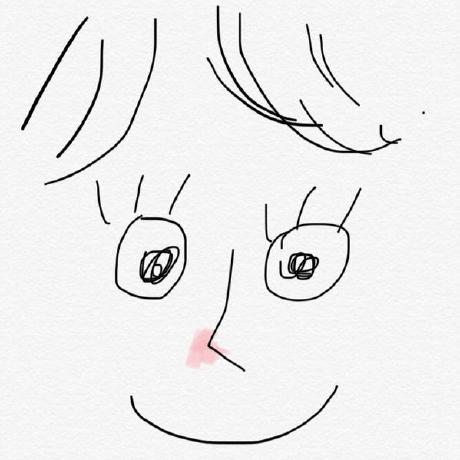문제풀이
처음에는 수족관 모양 그대로 만들어서 정말 물을 빼고 세어보는 시뮬레이션을 생각했는데 메모리 제약이 128MB인데 수족관의 크기는 최악의 경우에 int[40001][40001]이기 때문에 불가능하다는 것을 깨달았다.
이 문제는 특별한 알고리즘을 사용하기 보다는 물이 빠졌을 때 해당 열의 수족관 높이와 수면의 높이에 집중해야한다. 높이는 모두 row 값으로 기록한다.
- 주어진 데이터를 입력받아 각 열의 수족관 깊이를 기록한다.
- 각 배수구를 중심으로 좌, 우로 수면의 높이를 갱신해나간다.
- 해당 열의 수면이 배수구 높이보다 낮으면 현재 배수구 높이로 갱신한다.
- 현재 배수구 높이 보다 높은 높이가 나타나면 더 높은 높이로 진행한다.
- 각 열에 남은 물은
해당 열의 높이 - 수면의 높이다.
구현코드
import java.io.BufferedReader;
import java.io.IOException;
import java.io.InputStreamReader;
import java.util.StringTokenizer;
public class Main {
static class Node {
int r, c;
Node(int r, int c){
this.r = r;
this.c = c;
}
}
static final int MAX = 40001;
static int[] surface, depth;
static Node[] hole;
static int N, K, ans, lastIdx;
public static void main(String[] args) throws IOException {
BufferedReader br = new BufferedReader(new InputStreamReader(System.in));
StringTokenizer st = null;
N = stoi(br.readLine());
ans = 0;
surface = new int[MAX];
depth = new int[MAX];
// 각 열에 대한 수족관 깊이를 입력한다.
// 0, 0 제거
br.readLine();
for(int i = 0 ; i < N / 2 - 1 ; ++i) {
st = new StringTokenizer(br.readLine());
int x1 = stoi(st.nextToken());
int y1 = stoi(st.nextToken());
st = new StringTokenizer(br.readLine());
int x2 = stoi(st.nextToken());
int y2 = stoi(st.nextToken());
for(int j = x1 ; j <= x2 ; ++j) {
depth[j] = y1;
}
lastIdx = x2 - 1;
}
// 마지막 제거
br.readLine();
K = stoi(br.readLine());
// 수족관 배수구 데이터 입력
hole = new Node[K];
for(int i = 0 ; i < K ; ++i) {
st = new StringTokenizer(br.readLine());
int idx = stoi(st.nextToken());
int dep = stoi(st.nextToken());
hole[i] = new Node(dep, idx);
}
for(Node cur : hole) {
int curDepth = cur.r;
int col = cur.c;
// 왼쪽으로 갱신
for(int i = col ; i >= 0 ; --i) {
// 현재 깊이를 최소값으로 유지한다.
curDepth = curDepth > depth[i] ? depth[i] : curDepth;
surface[i] = curDepth > surface[i] ? curDepth : surface[i];
}
curDepth = cur.r;
col = cur.c;
// 오른쪽으로 갱신
for(int i = col ; i <= lastIdx ; ++i) {
// 현재 깊이를 최소값으로 유지한다.
curDepth = curDepth > depth[i] ? depth[i] : curDepth;
surface[i] = curDepth > surface[i] ? curDepth : surface[i];
}
}
for(int i = 0 ; i <= lastIdx ; ++i) {
ans += depth[i] - surface[i];
}
System.out.println(ans);
}
private static void print() {
for(int i = 0 ; i <= lastIdx ; ++i) {
System.out.print(depth[i] + " ");
}
System.out.println();
for(int i = 0 ; i <= lastIdx ; ++i) {
System.out.print(surface[i] + " ");
}
System.out.println();
System.out.println();
}
private static int stoi(String s) {
return Integer.parseInt(s);
}
}
